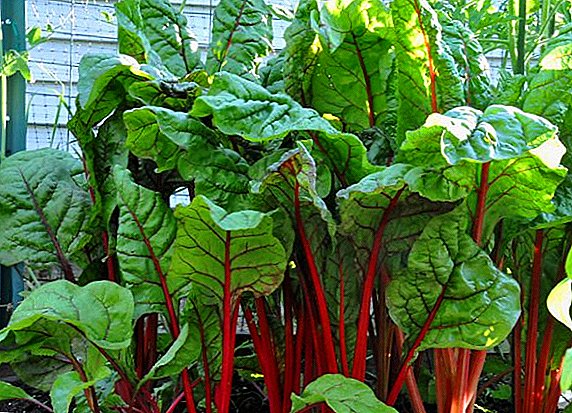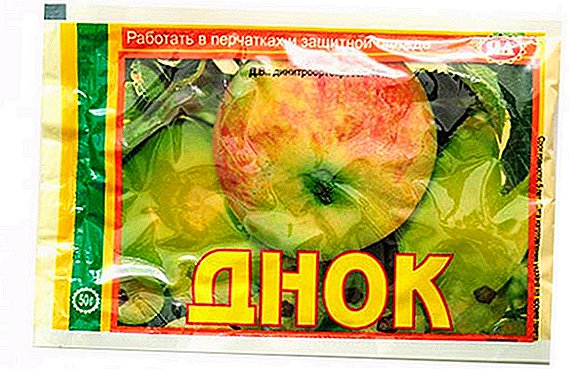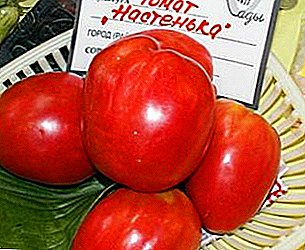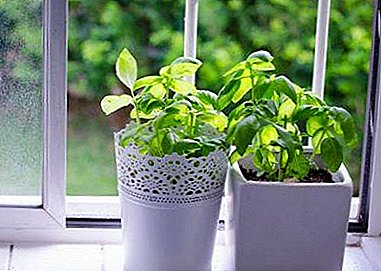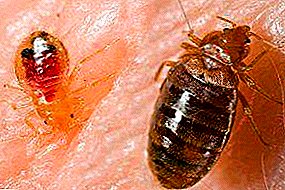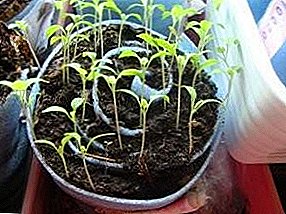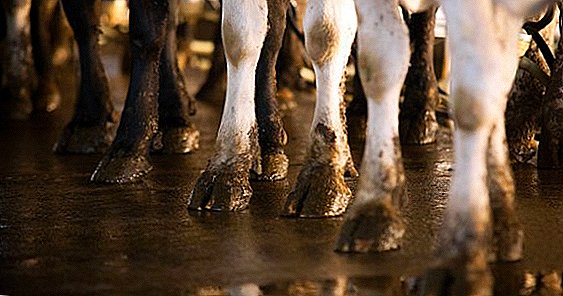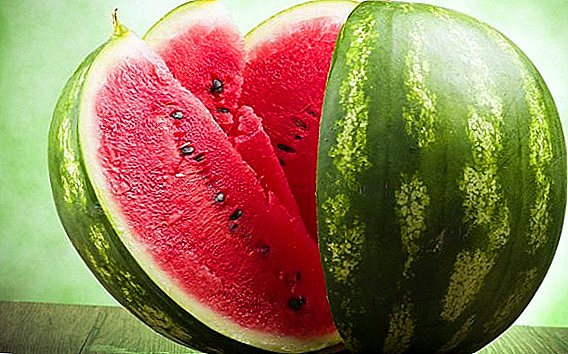 Watermelon is a favorite summer berry of many people. Juicy pink fruits, which cause a pleasant feeling of heaviness in the stomach, are a true symbol of summer, heat and a vacation period. However, we are not always able to buy a sweet and healthy product, especially if the climatic region is an unfavorable environment for their cultivation. In this case, it is very important to know how to choose the right watermelon, and what you should pay attention to first.
Watermelon is a favorite summer berry of many people. Juicy pink fruits, which cause a pleasant feeling of heaviness in the stomach, are a true symbol of summer, heat and a vacation period. However, we are not always able to buy a sweet and healthy product, especially if the climatic region is an unfavorable environment for their cultivation. In this case, it is very important to know how to choose the right watermelon, and what you should pay attention to first.
Watermelon is a seasonal product.
Do not forget that vegetables and fruits are seasonal products. You can get a quality crop only at certain times of the year.
 Gourds, which include watermelon, are heat-loving plants, and even in the southern Central Asian countries ripen no earlier than the second half of summer. In the meantime, they will grow in our climatic conditions (by the way, not the hottest), while they are delivered to the place of sale, sweet watermelons can be seen in the bazaars not earlier than mid-August.
Gourds, which include watermelon, are heat-loving plants, and even in the southern Central Asian countries ripen no earlier than the second half of summer. In the meantime, they will grow in our climatic conditions (by the way, not the hottest), while they are delivered to the place of sale, sweet watermelons can be seen in the bazaars not earlier than mid-August.
Of course, sellers can assure you of the absolute quality of their goods, arguing this with some kind of “top grade”, but in reality such watermelons often turn out to be a greenhouse product grown on fatty fertilizers.
It is possible that such products and the truth will be sweet and ripe, but the amount of nitrates will certainly be impressive. This field watermelon has ripened not earlier than the end of August and can delight you with its taste all of September.
Did you know? Archaeological excavations confirm the fact that people grew and consumed watermelons 2,000 years ago. Berry, quite possibly, came to Europe after the Battle of Poitiers in the 1st century AD, with the invasion of the Umayyad dynasty in Spain.
Availability of documents, choice of place of purchase
 Surely you came across photos from Turkmenistan, on which ripe watermelons just lay in a pile on the ground. Those people who believe that this is how they should be sold, are very mistaken.
Surely you came across photos from Turkmenistan, on which ripe watermelons just lay in a pile on the ground. Those people who believe that this is how they should be sold, are very mistaken.
Here's another tip for you: never buy a product from the ground. The purity of our roads and road dust is clearly inferior to the similar indicators of some Turkmen remote places, which means that it is more correct to buy watermelons from the shelves of stores.
Goods from the markets, as well as goods from the shelves of supermarkets, come from the same places, only sanitary conditions of storage in the halls and the store are much higher than in the markets. All melons and gourds should be sold either in stores or in stalls with an awning, placed on trade flooring at a height of not less than 15 cm from the ground.
Important! No need to think that a thick rind fully protects the entire watermelon. Of course, the dust will not get to the pulp, but harmful microorganisms may well get inside through the microcracks.It is better not to pay attention to the watermelon dumped in the roadside dust, leaving it to the sellers.
If you have already found the best place and have chosen a suitable watermelon, then before buying, you can ask the seller for an appropriate quality certificate. Such a document should indicate the place where the watermelon grows, the time of harvest, the content of nitrates and other characteristics, based on which one can judge the quality of the selected product.
 In the case when the seller shows you a photocopy of the certificate, take a good look at the seal - it must be color, not black and white. If you have any doubts about the authenticity of the document, it is better to buy a watermelon in another place, because health is more expensive.
In the case when the seller shows you a photocopy of the certificate, take a good look at the seal - it must be color, not black and white. If you have any doubts about the authenticity of the document, it is better to buy a watermelon in another place, because health is more expensive.
Pay attention to the size of the watermelon
There is an opinion that the more a watermelon is, the sweeter it is, and this is absolutely true. More than 10 kg reach only the representatives of individual varieties, but they will weigh so much only under the condition of full maturity.
Therefore, if you are thinking about how to choose a delicious watermelon, we advise you to give preference to large specimens, since the probability that it is really mature will be higher.
Important! Taking into account the peculiarities of our climate, one should beware of too large watermelons, because even such giants cannot ripen on the melon field, which means that there is a possibility that the berries were artificially fed.
What to do if the small watermelons are not so sweet, and the quality of the big ones was in doubt? The correct answer is to choose an average size weighing 5-7 kg.
How to determine the ripeness of a watermelon by the tail
 Watermelon "tail" can be compared with the umbilical cord of the baby, because it is through him that moisture and nutrients get to the fetus. But as soon as the berry ripens, it is no longer needed and begins to dry.
Watermelon "tail" can be compared with the umbilical cord of the baby, because it is through him that moisture and nutrients get to the fetus. But as soon as the berry ripens, it is no longer needed and begins to dry.
If a watermelon with a green “tail” is in front of you, then, most likely, it was torn off to full maturity, although it may turn yellow from lying too long. To check whether the watermelon is ripe before you or not, try breaking its “tail”. In a ripe berry, it will be quite fragile, while in an unripe specimen it will simply bend.
It is possible that the seller decided to disguise the poor quality of the harvest and simply cut off the roots of the product, then this fact should finally convince you to continue the search.
Did you know? It turns out that the rind of watermelon is completely edible. It is not only marinated, but even jam is made, and the seeds of the berry are roasted.
The choice of watermelon on the ground spot
Some buyers may be repelled by an unattractive yellow spot located on the side of a watermelon, but its presence is quite normal. Moreover, it is for him that the quality of the berry can be determined.
 Yellow (or, as it is also called, "earthen" stain) - this is the place where the watermelon touched the ground when it ripened. In a fully ripe berry, it should be brownish-yellow or even orange-yellow, but not white.
Yellow (or, as it is also called, "earthen" stain) - this is the place where the watermelon touched the ground when it ripened. In a fully ripe berry, it should be brownish-yellow or even orange-yellow, but not white.
If the side of the watermelon is too pale, it means that it was torn off too soon, and he did not have enough time to get enough heat and light from the sun to ripen it well.
Pay attention to the "bee spider"
"Beeweb" They call not very beautiful brown spots on watermelon, which indicate that the bees often touched the ovary of the fetus during pollination. The more often pollination occurred, the larger the “cobweb” pattern will be and the sweeter the fruit should be. Therefore you should not regard this feature as a lack of berries.
Boy or girl who is sweeter
Not everyone knows that watermelons can be divided into species by gender. So, among this family melons emit "girls" with a flat bottom and a big brown circle, and "boys", whose bottom is convex, and the circle is small. It is proved that sweeter is just "girls", and they have much less sunflower seeds.
Visual inspection and pat checking
 You can choose a berry by simply patting your hand, but for this you need to know exactly what the sound of a ripe watermelon is. So, ripe fruit will "sound" clear and loud, while the immature will respond deafly.
You can choose a berry by simply patting your hand, but for this you need to know exactly what the sound of a ripe watermelon is. So, ripe fruit will "sound" clear and loud, while the immature will respond deafly.
You can even attach an ear to the watermelon to help you better understand the nature of the sound. A sonorous sound will indicate porosity and softness, that is, the ripeness of the berry, and if you hit it, it should spring up a little.
In addition, the usual visual inspection from all sides is important. There should not be any small (especially large) cracks, dents, soft spots, scratches or any other damage through which the bacteria could get inside.
Well, if the watermelon has a slightly elongated or spherical shape, complemented by a uniform color. Bright and contrasting stripes are a sure sign of the ripeness of the selected watermelon, which is indicated by a shiny wooden crust.
As for the last characteristic, the "clothing" of the watermelon should also be quite hard: you can scratch it, but you can not pierce it with your fingernail. Try rubbing the crust with your finger — immature fruits will smell like fresh hay.
Check the watermelon on the cut, what should be the color of watermelon
Some sellers allow you to cut a watermelon, so you can visually assess the internal characteristics of the selected fruit. Ripe watermelon has a rich red color, but the purple color should alert you, as it indicates a large number of nitrates.
If you do not know how to accurately select a watermelon without nitrates, then this test method is exactly what you need.
The seeds of ripe watermelon are dark brown or black, while whites are a sign of an unripe berry. The fibers penetrating watermelon should have a white color, and if they are yellow, then it is worth remembering again about nitrates.
Important! When cutting the pulp of a properly selected watermelon will sparkle with grains, but if you have a “nitrate” sample in front of you, the surface in the cut will be absolutely smooth.Unfortunately, many sellers do not cut their goods, arguing that its unreasonable damage.
Grandfather check method
There is an old-time diagnostic method. Despite the fact that its use is only possible for strong men, it is he who is most effective.
 The essence of this method is as follows: the watermelon must be taken in the middle with two hands (in the plane that is furthest from the spine), brought to the ear and squeezed. The ripe fruit will begin to crackle at the same time, and the unripe fruit will remain “silent”.
The essence of this method is as follows: the watermelon must be taken in the middle with two hands (in the plane that is furthest from the spine), brought to the ear and squeezed. The ripe fruit will begin to crackle at the same time, and the unripe fruit will remain “silent”.
We wish you to choose a quality product and fully enjoy its unique taste.


